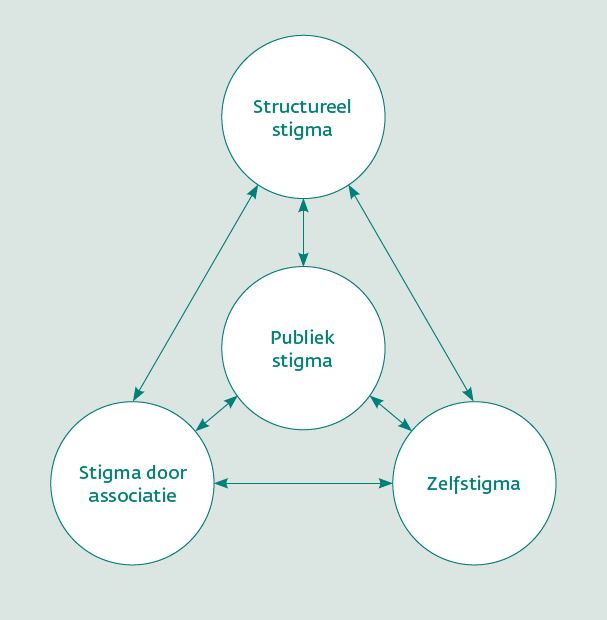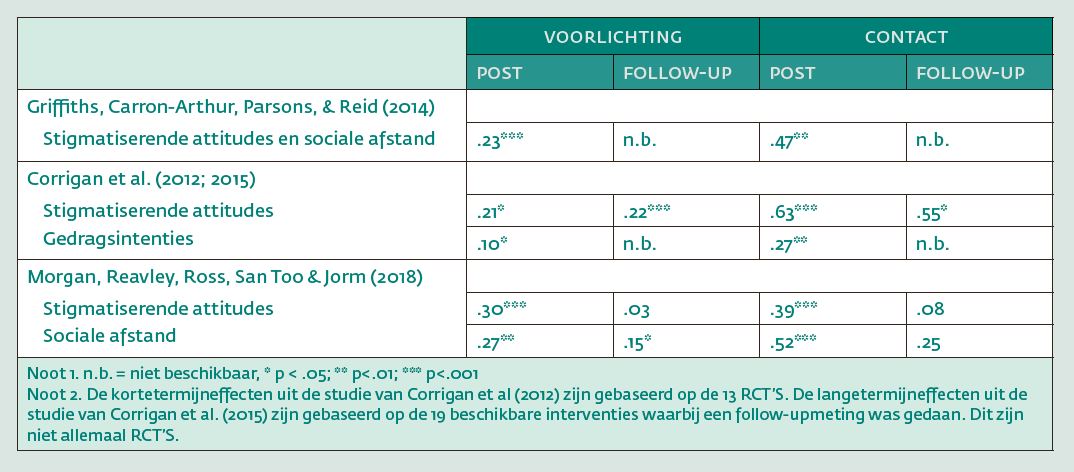Psychische aandoeningen komen frequent voor. Uit het landelijke bevolkingsonderzoek NEMESIS-2 blijkt dat vier op de tien Nederlanders in hun leven te maken krijgen met één of meer psychische aandoeningen. Van alle deelnemers aan het onderzoek had 22,9% één AS-1 aandoening gedurende het leven, 9,7% twee AS-1 aandoeningen en 10,1% drie of meer AS-1 aandoeningen (De Graaf, ten Have & Dorselaer, 2014). De psychische aandoeningen die gedurende het leven het meest voorkomen zijn stemmingsstoornissen (20,2%), angststoornissen (19,%), middelenstoornissen (19,%), en aandachtstekort- en gedragsstoornissen (9,2%). Hierbij moet opgemerkt worden dat persoonlijkheidsstoornissen niet in het NEMESIS-2-onderzoek werden meegenomen, met uitzondering van de antisociale persoonlijkheidsstoornis (3%; De Graaf et al., 2014). Vrouwen blijken vaker een stemmingsstoornis of een angststoornis te hebben dan mannen. Mannen rapporteren vaker een middelenstoornis of ADHD in de volwassenheid dan vrouwen (De Graaf et al., 2014). Werklozen en arbeidsongeschikten hebben een drieënhalf keer zo grote kans op een psychische AS-1-aandoening als mensen die betaald werk hebben. Alleenstaanden hebben een tweeënhalf keer zo grote kans
Dit artikel is een bewerkte versie van Arjan Bos zijn inaugurele rede die hij op vrijdag 12 oktober 2018 uitsprak bij de aanvaarding van zijn ambt.




